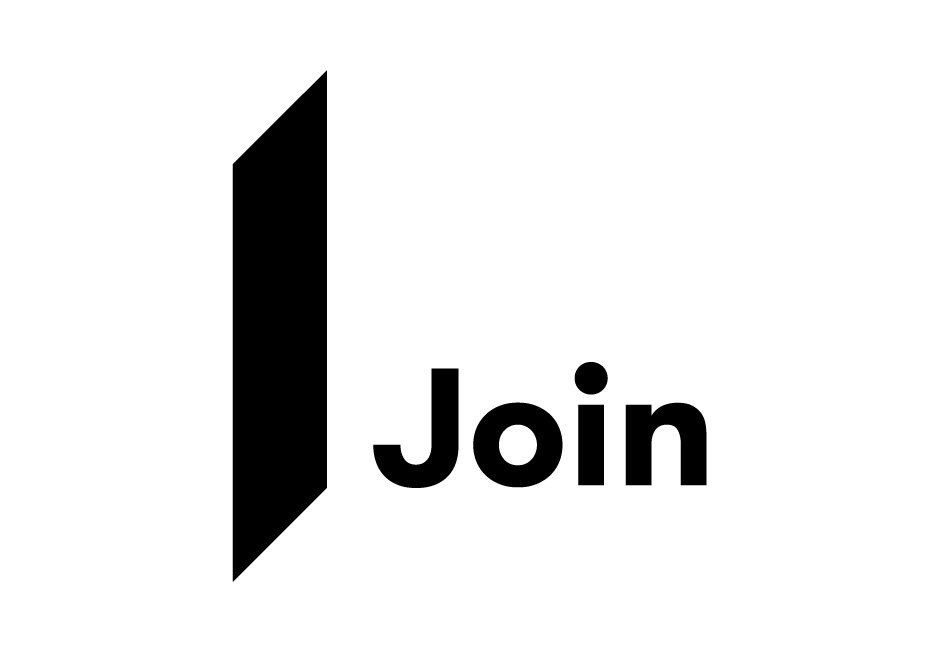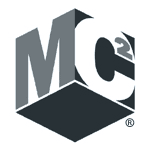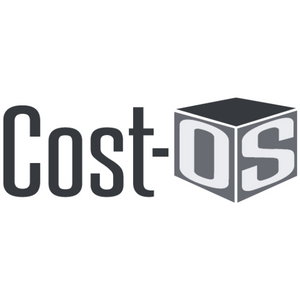5 Ways to Improve Collaboration in Construction Between Preconstruction and Design Teams

Collaboration in construction is critical for the successful completion of projects. As construction projects grow in complexity and scale, ensuring that all team members from preconstruction to design are aligned is more important than ever. Building strong connections between the preconstruction and design teams can streamline processes, reduce errors, and improve the overall efficiency of construction projects. The benefits of collaboration in construction are undeniable, but fostering a culture of collaboration requires deliberate efforts from all stakeholders.
Let’s explore five ways to improve collaboration between preconstruction and design teams in the construction industry.
- Embrace Open Communication to Improve Collaboration in Construction
Open communication is one of the most effective ways to promote collaboration in construction between preconstruction and design teams. Encouraging transparent conversations between these two groups from the beginning of the project can address potential issues early and help clarify expectations. Effective collaboration ensures that all team members understand the project's scope, goals, and constraints.
Preconstruction teams, often responsible for budgeting and project planning, must communicate cost constraints, project timelines, and site conditions to the design team. Conversely, design teams should provide feedback on feasibility, design limitations, and constructability based on their expertise. This two-way communication lays a foundation for shared goals and prevents misunderstandings that could delay project completion.
Additionally, collaboration tools like cloud-based platforms or instant messaging systems ensure that all discussions are documented and easily accessible to the entire project team. This minimizes the risk of lost information and helps the teams stay on the same page throughout the project lifecycle. Open communication fosters trust and helps teams work towards a common goal of delivering high-quality results.
- Utilize Digital Tools for Seamless Integration
In today’s digital age, digital tools can enhance collaboration between preconstruction and design teams. Construction projects increasingly rely on software solutions to integrate processes, share information, and improve workflow management. Tools like Building Information Modeling (BIM), cost estimation software, and collaboration platforms can help streamline communication and keep teams aligned.
For instance, BIM allows both preconstruction and design teams to visualize the project in a 3D model, facilitating early identification of potential design conflicts or issues that may arise during construction. This digital tool enables teams to collaborate effectively because it clearly represents the project, which all key players can access and modify in real time.
Additionally, digital tools such as DESTINI Estimator allow preconstruction teams to create accurate cost estimates while integrating them with the design process. These tools enhance problem-solving capabilities by ensuring that the project budget aligns with the design, minimizing cost overruns, and ensuring the project stays on track. By leveraging these technologies, preconstruction and design teams can improve efficiency and reduce rework, ultimately leading to more successful collaborations and long-term project success.
- Align on Shared Goals and Project Vision
A key aspect of effective collaboration is ensuring all team members work toward the same objectives. Preconstruction and design teams must align shared goals early in the project, focusing on the project vision and what needs to be accomplished. Clear, mutually agreed-upon project goals help guide decision-making, set priorities, and streamline workflows, resulting in more cohesive teamwork.
The preconstruction team typically leads in defining the project scope, budget, and timeline and communicates these constraints and expectations to the design team so designers can create practical and feasible solutions. By understanding the long-term project goals and ensuring that all team members are aligned, both teams can minimize costly adjustments and optimize project outcomes.
One key to success is viewing the alignment as an ongoing process. Regular meetings or check-ins should be scheduled to keep both teams engaged in the project’s progress. These meetings foster a collaborative environment where design adjustments can be made with budget considerations in mind and vice versa, so all team members remain focused on project goals throughout the project’s lifecycle.
- Foster a Culture of Collaboration Across Teams
While communication and shared goals are important, fostering a broader culture of collaboration within the entire team is essential. To achieve long-term success in projects, all parties—contractors, designers, and other stakeholders—must cultivate an environment where collaboration is prioritized over silos. This culture ensures that all team members work together toward the same goal, ultimately benefiting project completion.
Promoting a collaborative environment starts with leadership. Project managers and team leaders must model collaborative behavior, setting expectations for team members and encouraging openness. By breaking down silos and fostering an atmosphere where input from all key players is valued, teams can create a unified approach to problem-solving and decision-making.
Teams can further enhance collaboration by leveraging collaboration tools that integrate the preconstruction and design teams' workflows. This integration minimizes the risk of delays, miscommunication, and errors that might otherwise arise when these teams operate in isolation. A strong collaborative culture improves morale, encourages problem-solving, and results in a smoother construction process.
- Use Collaborative Problem-Solving to Address Challenges
Throughout a project’s lifecycle, challenges and unforeseen issues are inevitable. Whether it’s an unexpected design change, budget constraints, or unforeseen site conditions, problems arise that require collaboration to solve. The best way to address these issues is through collaborative problem-solving, which involves open dialogue, creative thinking, and input from both the preconstruction and design teams.
When teams approach problems together, they combine their unique expertise to find the best possible solutions. Preconstruction teams can provide insights into cost implications, while designers can offer creative alternatives that meet functional and aesthetic requirements. Collaboration fosters innovative problem-solving by encouraging diverse perspectives and input from various team members.
For example, a challenge might arise when design changes lead to higher costs. By working together early in the process, both teams can explore design alternatives that fit within the budget, avoid delays, and meet project goals. This enhances project performance, reducing the likelihood of rework and ensuring the team remains focused on the project’s success.
Regular feedback loops, open discussion channels, and a willingness to work through challenges collaboratively significantly improve project success.
Collaboration in Construction Equals Better Project Outcomes
The construction industry faces many challenges, from managing project goals and timelines to ensuring high-quality outcomes. However, fostering collaboration between preconstruction and design teams can significantly improve project efficiency, quality, and success. By focusing on open communication, utilizing digital tools, aligning on shared goals, fostering a culture of collaboration, and engaging in collaborative problem-solving, construction teams can enhance their effectiveness and achieve better results.
Matt Shehan, Benchmark’s Vice President of Preconstruction Services, gives a great example of this. He says, “Like most teams using legacy software and disjointed systems, Benchmark’s preconstruction team was working in silos. Each estimator was doing their part of the estimate separately and then at “the 11th hour, gluing the estimate together.”
But now that the construction firm has switched to DESTINI Estimator, he says, “Our new collaborative approach creates efficiency, builds certainty in the pricing, and ensures a consistent direction. It also brings value to the design documentation, the building product, and the overall project’s success.”
The benefits of collaboration in construction are clear: improved efficiency, reduced errors, streamlined processes, and enhanced innovation. As the construction sector evolves, embracing these strategies will be key to staying competitive and delivering successful collaborations. By focusing on collaboration, teams can ensure deadlines and budgets are met, and the long-term value expected by clients and stakeholders is delivered.

-1.png?width=112&height=112&name=image%20(4)-1.png)














.webp?width=310&height=230&name=5%20pitfalls%20(1600%20%C3%97%20900%20px).webp)